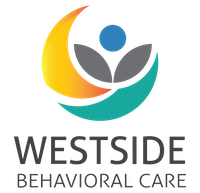The 5 Major Types of Anxiety Disorders
The 5 Major Types of Anxiety Disorders
What is Anxiety?
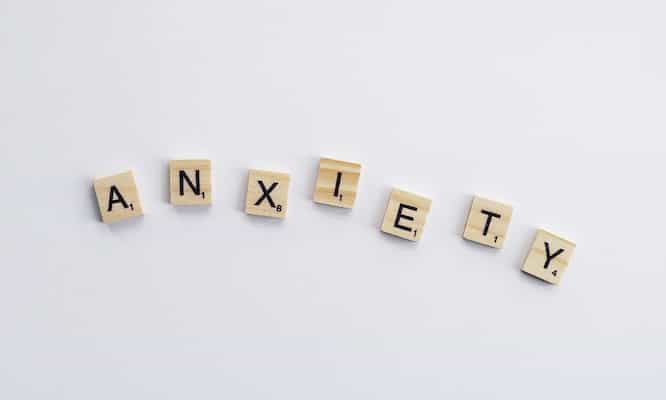 Anxiety is defined as “an emotion characterized by feelings of tension, worried thoughts and physical changes like increased blood pressure,” by the American Psychological Association (APA).
Anxiety is defined as “an emotion characterized by feelings of tension, worried thoughts and physical changes like increased blood pressure,” by the American Psychological Association (APA).
The average person may experience temporary anxiety over a social event, exam or problem. However, anxiety disorders involve more than a short-term feeling. Individuals with an anxiety disorder may experience symptoms that interfere with daily activities and these symptoms could get worse over time.
There are various anxiety disorders including generalized anxiety disorder (GAD), Obsessive-Compulsive Disorder (OCD), Panic Disorder, Post-Traumatic Stress Disorder (PTSD) and Social Phobia (or Social Anxiety Disorder). Individuals with different types of anxiety disorders will display different symptoms and may require different treatment types.
The 5 Major Types of Anxiety Disorders
Generalized anxiety disorder (GAD)
The Anxiety and Depression Association of America defines GAD as “persistent and excessive worry about a number of different things.” Individuals with GAD may experience exaggerated worry and tension, even when there is little or nothing to provoke it, about money, health, work, social interactions, and everyday routine life circumstances. Many individuals with GAD may feel overwhelmed by just the thought of getting through the day, as the thought of uncertainty is daunting.
Obsessive-Compulsive Disorder (OCD)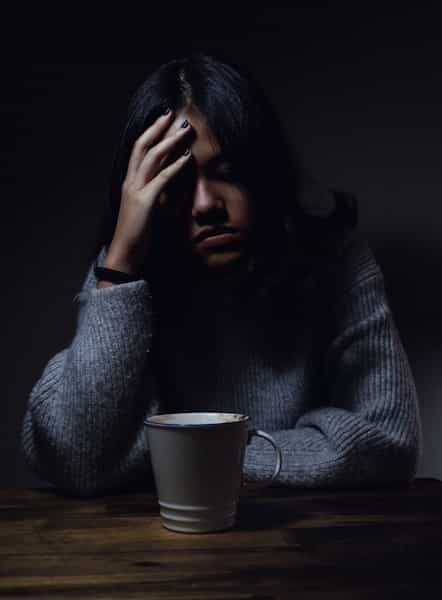
The U.S. Department of Health & Human Services defines OCD as “a common, chronic, and long-lasting disorder in which a person has uncontrollable, recurring thoughts (obsessions) and/or behaviors (compulsions) that he or she feels the urge to repeat over and over.” Obsessions are unwanted, intrusive thoughts, impulses or mental images that prompt anxiety. Compulsions are behaviors an individual with OCD feels compelled to do in to attempt to get rid of the obsessions. Almost all individuals have intrusive thoughts sometimes, but a person with OCD experience them more frequently and feel extreme distress if they don’t act on the impulses.
Most individuals diagnosed with OCD fall into one of the following OCD variations:
- Checking
- Cleaning and contamination
- Symmetry and ordering
- Hoarding
- Intrusive thoughts
Panic Disorder
Individuals with panic disorders experience recurring, unexpected panic attacks. Panic attacks are sudden periods of intense fear that can happen at any time or place without warning. Panic attacks can occur unexpectedly or brought-on by a situation. Many individuals who have experienced panic attacks may avoid locations where they’ve experienced attacks and others live in such fear that they cannot leave their homes. These attacks can lead to breathing difficulties, shaking, confusion and dizziness, and escalate rapidly.
Post-Traumatic Stress Disorder (PTSD)
The National Institute of Mental Health defines PTSD as “a disorder that develops in some people who have experienced a shocking, scary, or dangerous event.” Many individuals will experience a wide range of reactions after trauma, and although most will recover from initial symptoms, others will continue to endure PTSD symptoms for more than a few months. Individuals diagnosed with PTSD have intense, disturbing thoughts and feelings related to their experience that last long after the traumatic event has ended and may relive the event through flashbacks or nightmares. These individuals may feel stressed or afraid, even when they are not in danger. Receiving effective treatment after PTSD symptoms appear can be critical to improve function and quality of life.
Social Phobia (or Social Anxiety Disorder)
The Social Anxiety Association defines social anxiety as “the fear of social situations that involve interaction with other people.” Social anxiety is a pervasive disorder because it causes anxiety and fear in almost all areas of a person’s life. Individuals with this disorder have an intense fear of being judged, negatively evaluated or being rejected in a social situation. These individuals tend to be seen by others as being shy, quiet, withdrawn, unfriendly, nervous and disinterested, therefore, they may often avoid social or performance situations. Today, social anxiety disorder is the third largest mental healthcare problem in the world.
Symptoms and Signs
Symptoms of anxiety disorders may come and go, reduce over time, or worsen. The following lists are not complete lists of symptoms, as other symptoms may be associated with these anxiety disorders as well.
Generalized anxiety disorder (GAD)
- Difficulty controlling feelings of worry
- Being easily fatigued
- Having difficulty concentrating
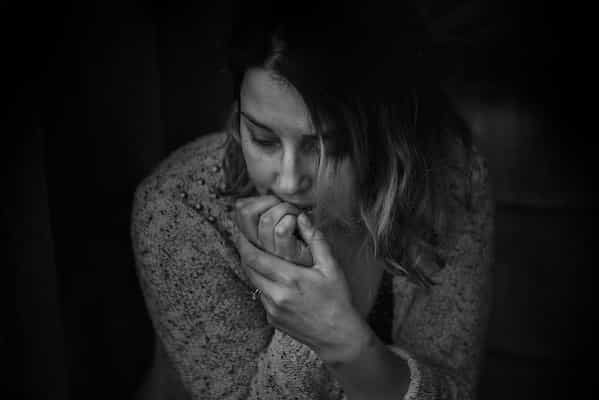
- Mind going blank
- Overthinking situations to possible worse-case scenarios
- Having unrealistic view of problems
- Physical pain
- Headaches, muscle tension, nausea, trembling
- Sleep difficulties
- Trouble falling or staying asleep, restlessness, or unsatisfying sleep
- Increased irritability and inability to relax
- Concentration difficulties
- Having an uneasy feeling or being “on edge”
- Indecisiveness
- Fear of making the wrong decision
Obsessive-Compulsive Disorder (OCD)
- Fear of being contaminated by germs from objects that others have touched
- Hand-washing until skin becomes raw
- Spending an excessive amount of time washing, cleaning or organizing
- Repeating tasks in certain patterns
- Counting, tapping, other senseless things to reduce anxiety
- Unwanted thoughts
- Aggressive or terrifying thoughts about harming yourself or others
- Doubting that you completed important tasks and excessively checking to make sure it was completed
- Locking the front door, turning off appliances
- Avoiding situations that may trigger an obsession or compulsion
- Feeling extreme distress when items aren’t symmetrical or organized in a specific way
- Accumulating unnecessary items
- Newspapers, empty food containers
- Inability to break routines or rituals
Panic Disorder
- Irregular heartbeats
- Heart palpitations, a pounding heartbeat or fast heart rate
- Trembling or shaking
- Dizziness or weakness
- Difficulty breathing
- Sensations of choking, shortness of breath or smothering
- Feelings of imminent doom or danger when there is no real issue
- Feelings of being out of control
- Physician pain
- Chest or stomach pain
- Sweating
- Feeling hot or a cold chill
- Tingly or numb hands
Post-Traumatic Stress Disorder (PTSD)
An individual may be diagnosed with PTSD if he or she has all of the following for at least 1 month:
- At least one re-experiencing symptom
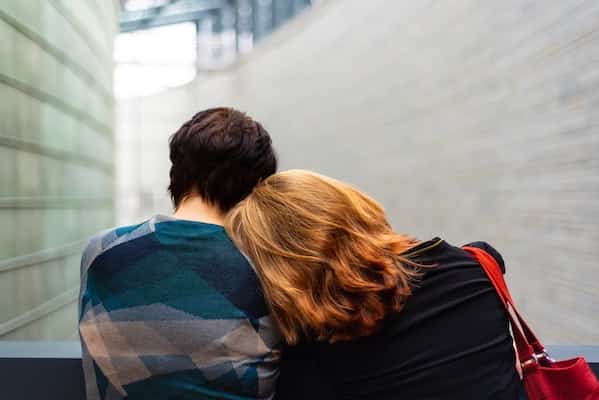
- At least one avoidance symptom
- At least two arousal and reactivity symptoms
- At least two cognition and mood symptoms
Re-experiencing symptoms:
- Flashbacks
- Reliving involuntary memories over and over, including physical symptoms like a racing heart or sweating
- Nightmares
- Distressing or frightening thoughts
Avoidance symptoms:
- Avoiding people, places, situations or objects that trigger reminders of the traumatic event
- Resisting thoughts or feelings related to the traumatic experience
Arousal and reactivity symptoms:
- Being irritable
- Having difficulty concentrating
- Being easily frightened or startled
- Feeling tense or “on edge”
- Having problems sleeping
- Behaving recklessly
- Having angry outbursts
Cognition and mood symptoms:
- Difficulty remembering key events of the traumatic experience
- Negative thoughts and feelings about oneself, others or the world
- Distorted feelings
- Ongoing fear, guilt or blame
- Feeling detached from others
- Loss of interest in enjoyable activities
Social Phobia (or Social Anxiety Disorder)

Individuals diagnosed with social anxiety disorder typically experience anxiety in the following situations:
- Being the center of attention
- Attending a social activity or event
- Having to present in front of a group in a formal, public situation
- Being introduced to new people
- Being teased or judged
- Being observed while completing a task
- Meeting people in authority
- Feeling out of place in a social setting
- Making eye contact with others
- Completing tasks in public
- Talking, making phone calls in public, writing, etc.
Other symptoms:
- Physical symptoms
- Blushing, sweating, trembling, irregular heart rate, nausea
- Intense worry about embarrassing yourself
- Fearing interactions with strangers
- Being self-conscious in front of others
- Avoiding places filled with crowds, or many people
- Enduring a social event with fear or
- Analyzing your performance on the interactions you had after attending a social event
- Anticipating and expecting negative possible consequences from an unfortunate experience had during a social situation
Getting Support with Anxiety
Anxiety disorders can be successfully treated today through various methods, including therapy and counseling. It is easy to find and schedule an appointment with one of our therapists and counselors that specialize in anxiety disorder.
